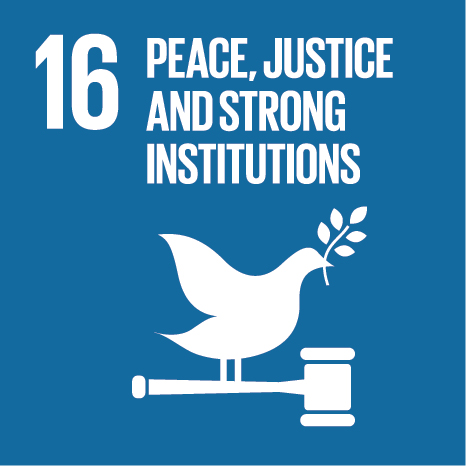Ciência_Iscte
Publications
Publication Detailed Description
Hybrid warfare: Above or below the threshold of armed conflict?
Progress in military sciences for resilience and cohesion in the face of new forms of disruption: Abstracts for the 13th Annual Conference of the International Society of Military Sciences
Year (definitive publication)
2021
Language
English
Country
Canada
More Information
Web of Science®
This publication is not indexed in Web of Science®
Scopus
This publication is not indexed in Scopus
Google Scholar
This publication is not indexed in Google Scholar
This publication is not indexed in Overton
Abstract
The nature of conflict has changed dramatically over the last few decades. Hybrid warfare — also known as grey zone conflict or low-intensity conflict — is a reality and political and military leaders must be ready to confront and deter it. Hybrid warfare is the effort to achieve strategic objectives without using significant force. There is no common definition of the term and therefore it is correspondingly ambiguous. It is an amorphous definition for an amorphous strategy. While it is a blend of traditional and irregular tactics, hybrid warfare makes overt and covert use of a wide range of tools: military and civilian, conventional and unconventional. However, the term is so broad that it includes a set of tactics, techniques, technologies and methods. Hybrid warfare is an umbrella concept that can include, inter alia, information and disinformation operations, deception, troop movements, cyberattacks, sabotage and other non-military tactics or a combination of all these means. It can also include actual force. Hybrid warfare can be considered a form of comprehensive warfare, a strategy, not merely a set of tactics and techniques. This array of military activities may fall under the broad definition of hybrid warfare, that is not new, but is boosted by technological advance. Furthermore, hybrid warfare is low risk, low cost and provides an adversary the opportunity to cloud, throwing doubt on who is responsible for these "gray zone" actions. Hybrid warfare operations, for which it is difficult to attribute responsibility and which are not specifically regulated by international law, fall below the threshold of armed conflict and are convenient to be used to destabilize a government or to try to legitimize (unlawful) actions. Covert operations and support to proxies, such as independentists and secessionists, are facilitated by the nature of hybrid warfare. Hybrid warfare blurs the lines between peace and war and is therefore questioned whether it should be considered below the threshold of armed conflict. Some hybrid warfare operations are convenient because are located in a twilight zone between peace and war and below the threshold of war and therefore they should not trigger a conventional/kinetic military response. Nevertheless, at the 2014 NATO Summit in Wales, the allies recognized that international law applies in cyberspace and that the impact of cyberattacks could be as harmful as a conventional attack. As a result, cyberdefense was recognized as part of NATO’s core task of collective defense. At the Warsaw Summit in 2016, the allies took further action to recognize cyberspace as a domain of operations just like the "classic" domains of air, land and sea. At the NATO summit held in Brussels in 2021, the allies reaffirmed that a cyber attack could trigger Article 5 of the Atlantic Charter: "an attack on one is an attack on all". This doctrinal position is of no small importance. The question is whether hybrid warfare should be considered an armed attack or use of force that, under treaty and customary international law, could trigger a military response or whether it falls below the threshold of damage and destruction resulting from a kinetic attack. This work addresses aims to shed light on the constistency of the emerging doctrine on hybrid warfare with current international (humanitarian) law and its possible application.
Acknowledgements
The participation in this conference was funded by the Military University Institute (IUM), Armed Forces General Staff (EMGFA), Ministry of National Defence (MDN), Portugal.
Keywords
law of war,geneva conventions,international humanitarian law,armed conflict,NATO
Fields of Science and Technology Classification
- Law - Social Sciences
- Political Science - Social Sciences
Funding Records
| Funding Reference | Funding Entity |
|---|---|
| SFRH/BD/136170/2018 | Fundação para a Ciência e a Tecnologia (FCT), Portugal |
Contributions to the Sustainable Development Goals of the United Nations
With the objective to increase the research activity directed towards the achievement of the United Nations 2030 Sustainable Development Goals, the possibility of associating scientific publications with the Sustainable Development Goals is now available in Ciência_Iscte. These are the Sustainable Development Goals identified by the author(s) for this publication. For more detailed information on the Sustainable Development Goals, click here.

 Português
Português


